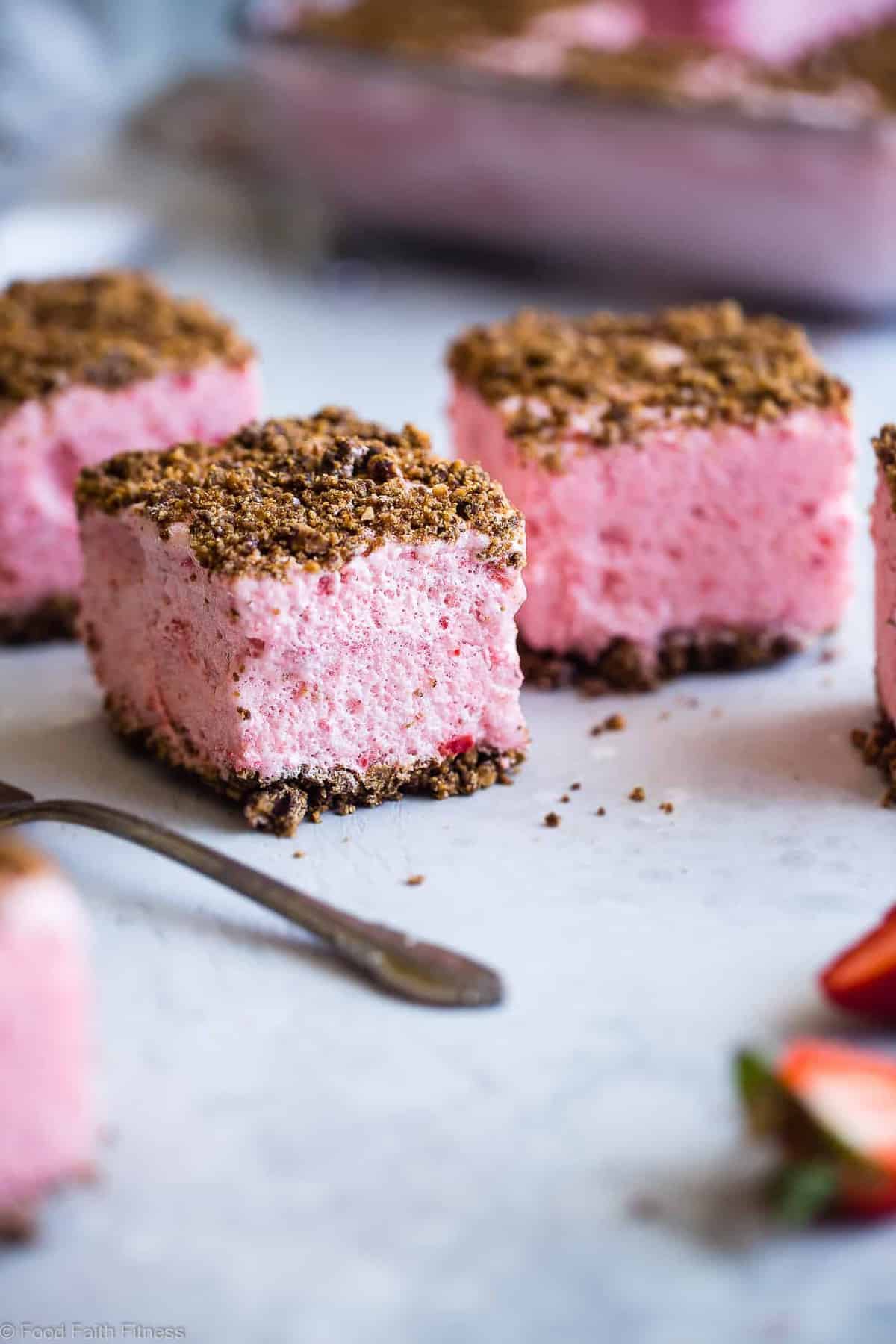

However, this is mostly because of marketing and not safety. Avoid Energy DrinksĮnergy drinks are becoming increasingly popular with young athletes. “You can overhydrate with plain water, but sports drinks will replenish those electrolytes that water dilutes,” he said. That’s where sports drinks can come in handy. Though athletes may feel fatigued, Sentongo cautions against overhydrating, which can cause light-headedness and even more fatigue. The protein helps repair it,” Sentongo said. “When you compete, you break down muscle. Post-game: Repair with ProteinĪfter the game, athletes should eat a high-protein meal that contains poultry, meats, fish, or legumes. Though some athletes are getting creative with hydration options – pickle juice has grown in popularity in recent years – Sentongo recommends sticking with sports drinks, which have the right combination of salt and sugar that increases the absorption of electrolytes in the body. While on the sidelines, athletes should drink both water and sports drinks like Gatorade which have electrolytes and potassium to help them recover. “Anything too sweet will be rapidly absorbed and expended, and they won’t benefit from it,” he said. While parents often pack sugary treats like granola bars, Sentongo recommends the same starchy foods kids should eat before the game. These include a small, plain or whole grain bagel, graham crackers, dried fruit, sliced orange, and half a banana. Some parents are encouraged to bring snacks for the kids to eat mid-game.

Athletes should also avoid eating too many high-fiber foods, like beans, fruits and vegetables, which are also difficult to digest and cause stomach problems on the field. Anything too fatty, like junk food or milk, is digested slowly and will make athletes feel slow and sluggish.

If you need to pack a snack for your child to eat before an after-school game or practice, Sentongo recommends something low in glycemic index and starchy, like graham crackers, whole grain bagel/bread or a banana. If you want to be at the top of your game, you need good hydration, a meal of complex carbohydrates the day before and a high-protein diet after. “That will help prevent cramps and fatigue,” Sentongo said. Staying hydrated is especially important on the day of the game. That’s how much water they should drink each day. Young athletes can stay hydrated by using this easy equation: take their weight (100 lbs.), divide it in half (50 lbs.), and turn that number into ounces (50 oz). Before the Game: Stay Hydrated and Don’t Eat Fats Sentongo recommends avoiding new foods that might upset your stomach during the game. Starchy foods like whole-wheat pasta, rice, potatoes, beans, broccoli, and grilled chicken offer a carbohydrate-rich meal that will provide the right fuel for the next day’s event and protein to fuel recovery. “If you follow those rules, your performance will be better than someone who eats too many sugary and fatty foods.” Night Before the Game: Carb-load and Avoid New Foods “If you want to be at the top of your game, you need good hydration, a meal of complex carbohydrates the day before, and a high-protein diet after,” Sentongo said. While younger kids who compete in shorter games might not need to pay as much attention to their game-time nutrition, older kids who are serious about their performance should follow these nutrition rules to maximize their athletic abilities.

These cause sharp blood sugar spikes and lows, leading to more sweet cravings resulting in binge eating, which is not good for an athlete. Examples of high glycemic index carbs that should be minimized include sweets, pastries, and refined grains. The glycemic index refers to a food’s ability to raise blood glucose. The preferred snack should include protein and carbohydrates (carbs) with a low glycemic index. The long-term goals involve regularly consuming a balanced diet of three standard meals and at least two snacks. Short-term goals involve appropriate dietary preparation for each athletic activity. The long-term nutritional goals include good hydration, eating patterns, and food choices that support normal growth while also meeting daily exercise demands. Sentongo, MD.Īn athlete’s diet and lifestyle should address both long and short-term goals. For young athletes, planning is key to eating the right nutritious foods at the right times, said University of Chicago Medicine Comer Children’s Hospital pediatric gastroenterologist and nutritionist Timothy A.


 0 kommentar(er)
0 kommentar(er)
